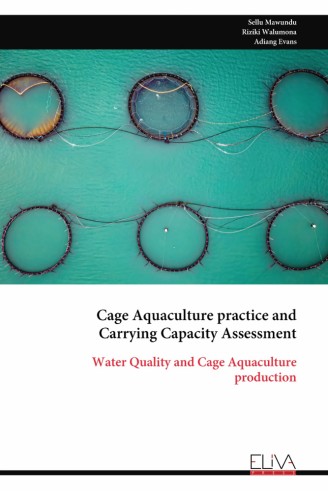Description
Global aquaculture production is becoming the fastest growing food production technology in the developing world. Cage aquaculture is one of the sustained methods been used to produce fish to meet the growing needs of the global population. For sustainable cage aquaculture production, water quality is a critical component that requires continuous monitoring and surveillance. Quality fish production calls for water quality variables to be within threshold limits. This book is focusing on the evaluation of water quality variables for quality and enhanced cage fish production. It is a handbook for cage fish farmers that will be required to monitor water quality variables to improve their production level. The book further deals with the stocking density of fish in cages for a profitable cage fish farm operation. it also provide information on the feeding regimes that will be needed to reduce the incidence of eutrophication pollution and avoid fish kills. Above all this book will be use to disseminate knowledge to current and future generations wish to engage in aquaculture activities. It is this of the authors that this book will be used to support the culture of fish in fresh water environment for the enhancement of fish production to meet the animal protein needs of the increasing global population. The book also discuss carrying capacity assessment from the ecological view point and used the mass-balanced model to estimate the ecological carrying capacity of five cage sites in the Kadimo Bay of Lake Victoria, Kenya. Water quality variables such as temperature, dissolved oxygen, salinity, pH, were found to be within threshold limits for sustainable cage fish farm production.




